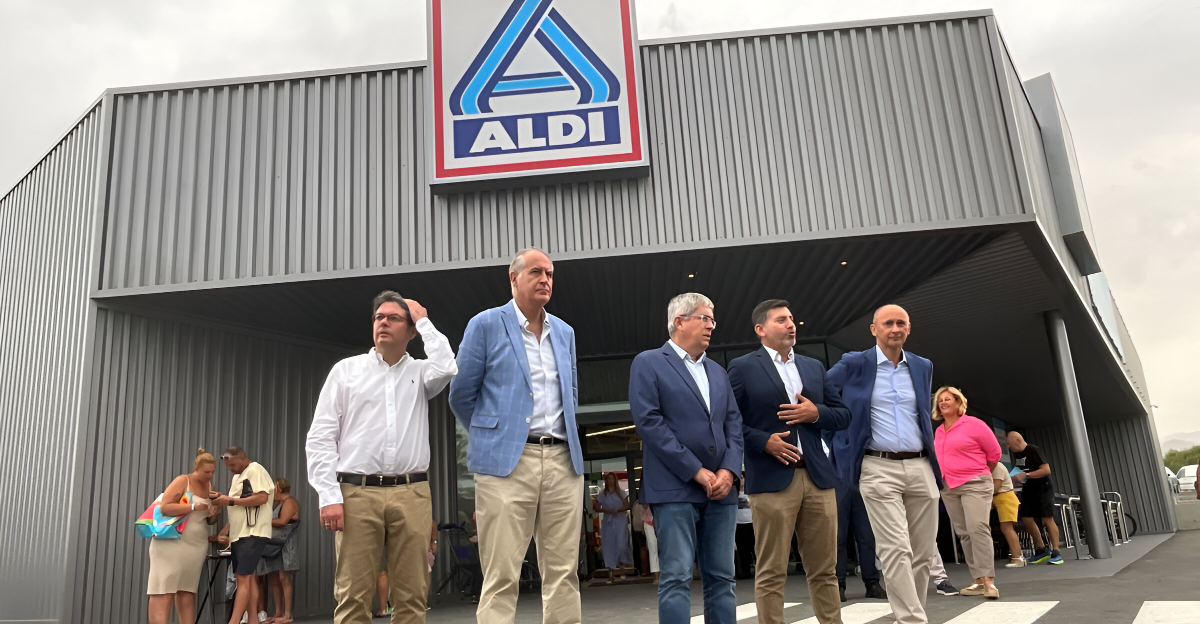
Aldi has never been shy about aggressive growth. From its modest start in Germany to becoming a global grocery powerhouse, the chain has built its name on efficiency and value.
Now, Aldi is doubling down in the U.S. with a bold expansion plan that involves scooping up struggling competitors. Its latest acquisitions include a wide swath of stores from bankrupt chains, signaling a serious move to dominate new regions.
But this isn’t just about adding more locations. Aldi is executing a calculated strategy, leveraging existing infrastructure, cutting costs, and targeting loyal shoppers already embedded in these communities. So what does this mean for consumers, competitors, and the future of American grocery shopping?
Aldi’s Landmark Deal
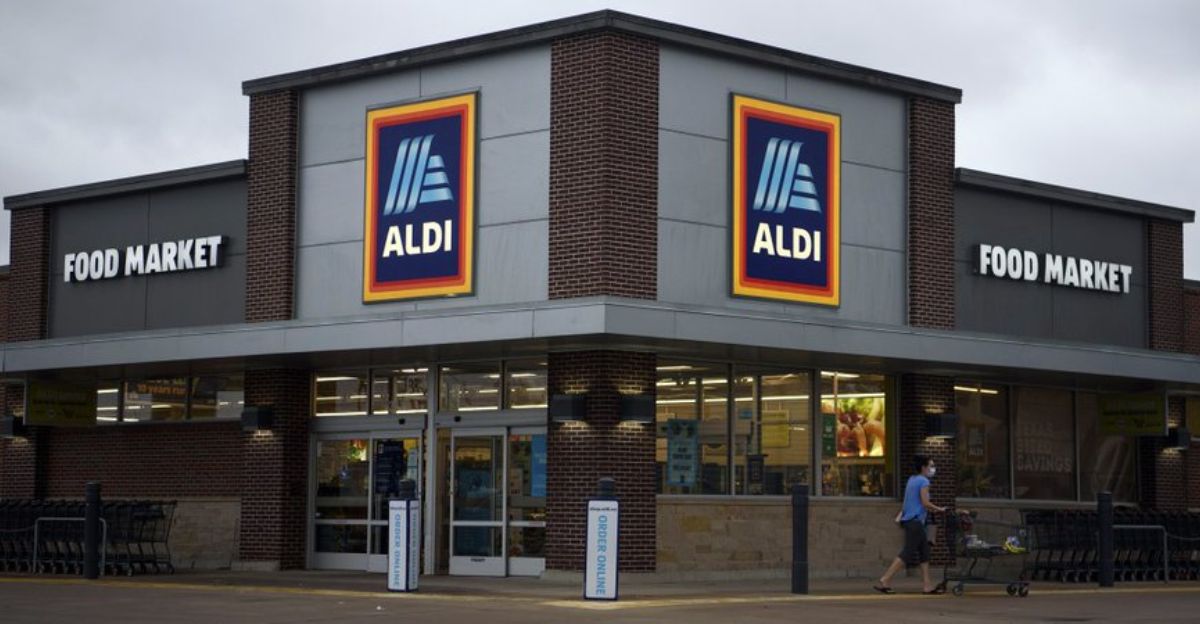
In August 2023, Aldi finalized a deal that would mark its largest U.S. expansion to date. By acquiring nearly 400 stores, primarily from the Southeastern supermarket chains Winn-Dixie and Harveys, Aldi boosted its American store count by 10 percent, hitting a total of 2,400.
The deal not only helped Aldi solidify its presence in key states like Florida, Georgia, and Alabama but also offered a smart shortcut around the cost and complexity of building new stores from scratch. This move positions Aldi to directly challenge industry giants like Kroger and Albertsons in markets that were once tough to crack.
Why the Southeast Matters
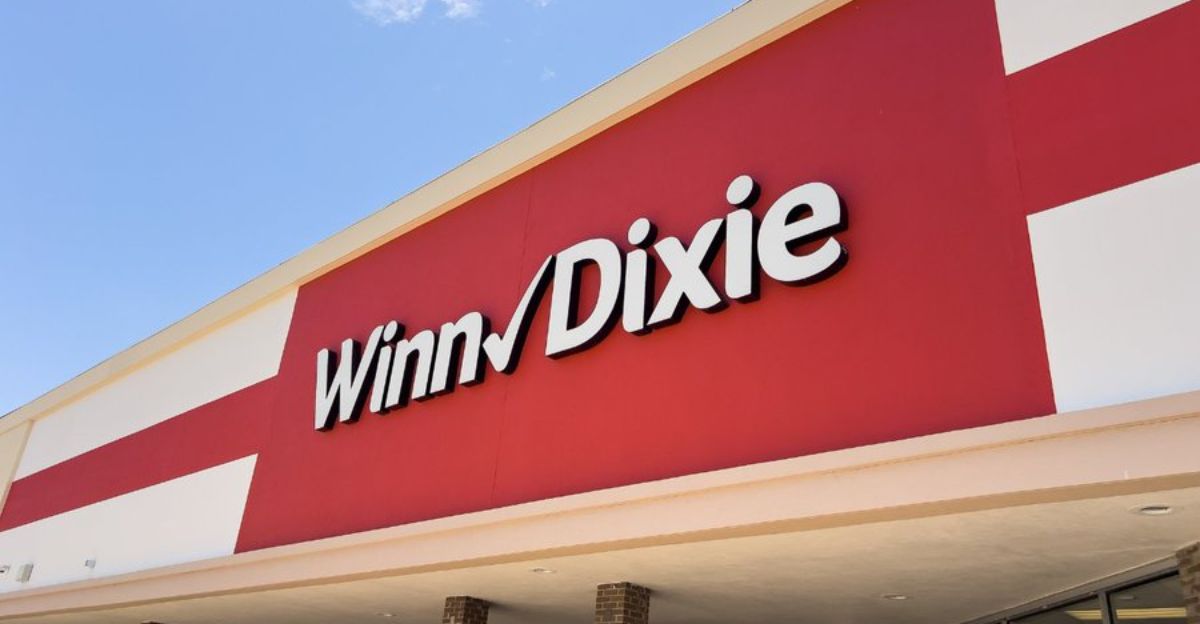
The Southeastern United States represents a prime battleground in the grocery wars. Historically dominated by legacy chains like Winn-Dixie, the region has long been resistant to outside competition. But Aldi saw an opportunity in the wake of financial strain facing regional retailers. By acquiring stores with preexisting infrastructure and customer loyalty, Aldi fast-tracked its way into communities where new chains often struggle to gain trust.
Locations in Louisiana, Mississippi, and Georgia now serve as footholds in Aldi’s broader national push. It’s a playbook that skips the growing pains, and one that could redefine shopping habits in the South.
What’s Changing Behind the Scenes
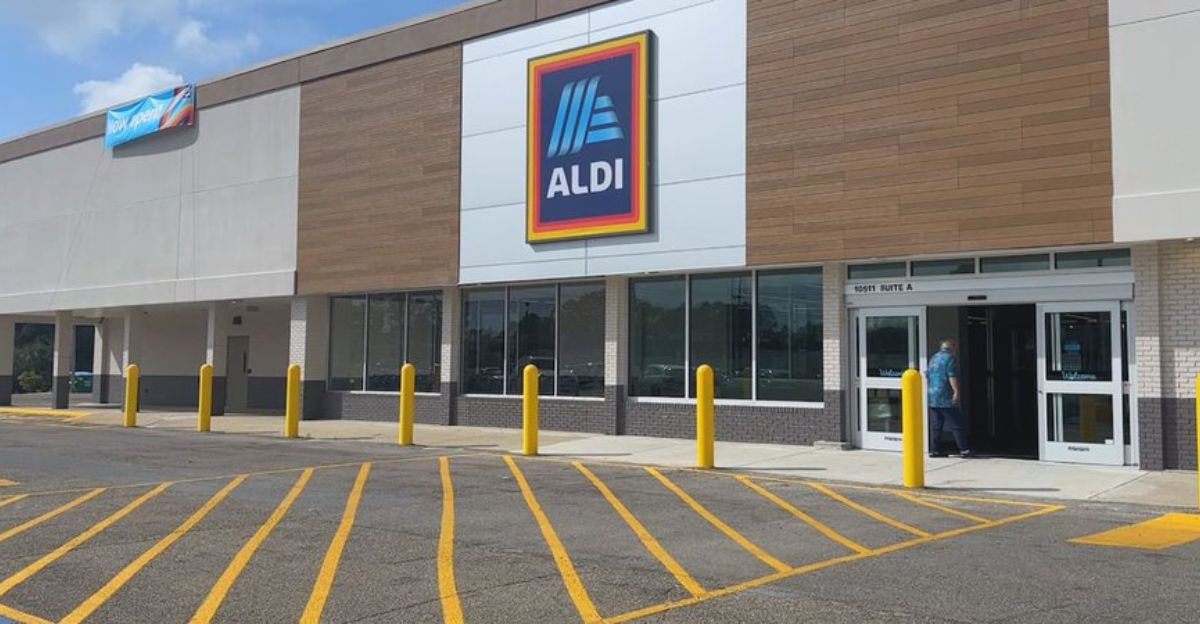
Of the nearly 400 stores Aldi acquired, 220 will undergo complete transformations. These locations will be rebranded as Aldi stores by 2027, complete with modern renovations and the company’s signature no-frills design. It’s not just a name swap, expect revamped layouts, streamlined product offerings, and Aldi’s hallmark private-label focus.
However, Aldi is choosing to keep around 170 stores under their original banners for now. This calculated move balances brand loyalty with expansion, helping minimize consumer pushback while quietly reshaping the region’s grocery landscape behind the scenes.
The Fate of the Remaining Stores
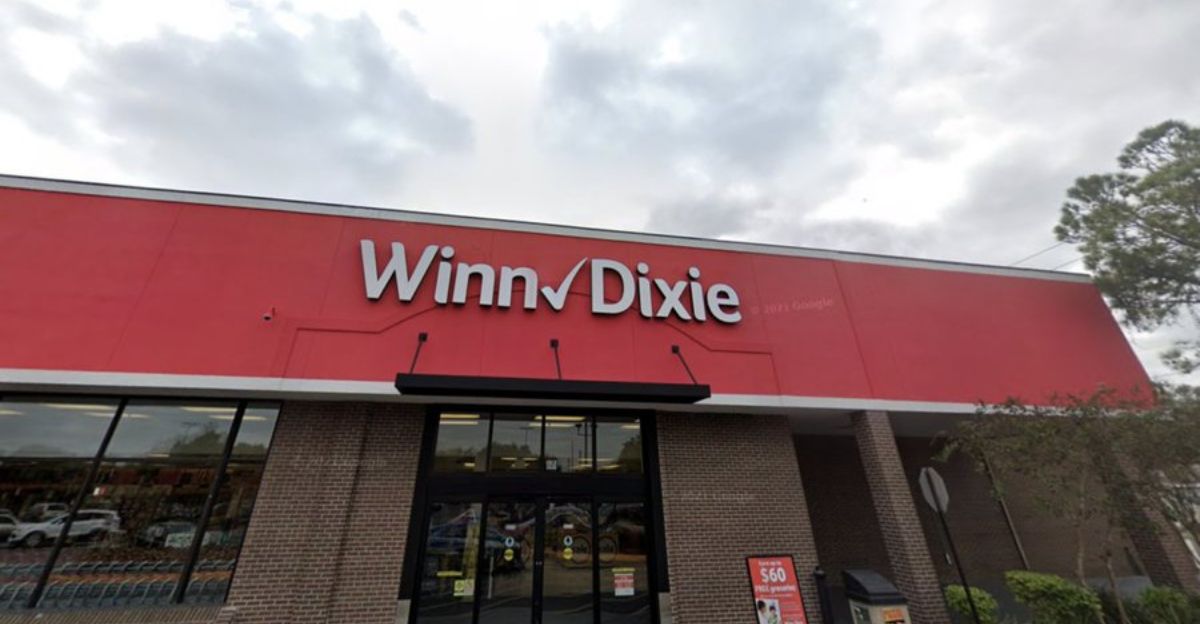
Not all the acquired stores are destined to become Aldi locations. Roughly 170 stores were instead sold to a group led by Southeastern Grocers CEO Anthony Hucker and C&S Wholesale Grocers. Finalized early this year, this secondary deal ensures that many stores will continue operating under familiar names like Winn-Dixie and Harveys, for now.
The long-term branding of these locations remains uncertain, but in the short term, loyal customers are unlikely to see major changes. It’s a split strategy that allows Aldi to expand while preserving community trust and reducing operational risk.
Employees and Community Impact

Whenever a corporate acquisition reshapes local grocery markets, job security becomes a critical issue. Aldi and Southeastern Grocers leadership have publicly committed to retaining existing staff, aiming to preserve employment and minimize disruption. While some roles may shift to align with Aldi’s unique business model, most workers are expected to stay on.
For communities, the store transformations may be jarring, but Aldi is betting that its lower prices and modern stores will quickly win over skeptical shoppers. And with an eye on long-term integration, Aldi is taking steps to ensure it doesn’t alienate the very neighborhoods it hopes to serve.
Aldi’s Eye on Big Lots

The acquisition of Winn-Dixie and Harveys isn’t the end of Aldi’s shopping spree. In a quiet but strategic move, Aldi also purchased three former Big Lots locations after the discount retailer filed for Chapter 11 bankruptcy.
The stores, located in Louisiana, Michigan, and Texas, are more than isolated purchases. Each sits in a high-traffic area where Aldi can immediately benefit from built-in consumer foot traffic. These acquisitions reflect Aldi’s nimble approach to expansion: identify weak points in the retail sector, strike fast, and repurpose real estate before competitors get the chance.
Why Aldi’s Model Works

Aldi’s expansion isn’t just ambitious, it’s working. At a time when many retailers are scaling back, Aldi is doubling down on a model that thrives in economic uncertainty. Its ability to offer deep discounts stems from its lean operations, limited inventory, and focus on private-label goods.
By acquiring rather than building, Aldi keeps capital costs low while entering new markets fast. In doing so, it creates a ripple effect: competitors scramble to match prices, and consumers benefit from greater affordability. It’s not just growth for growth’s sake, it’s growth with a tactical edge.
How Shoppers Will Be Affected
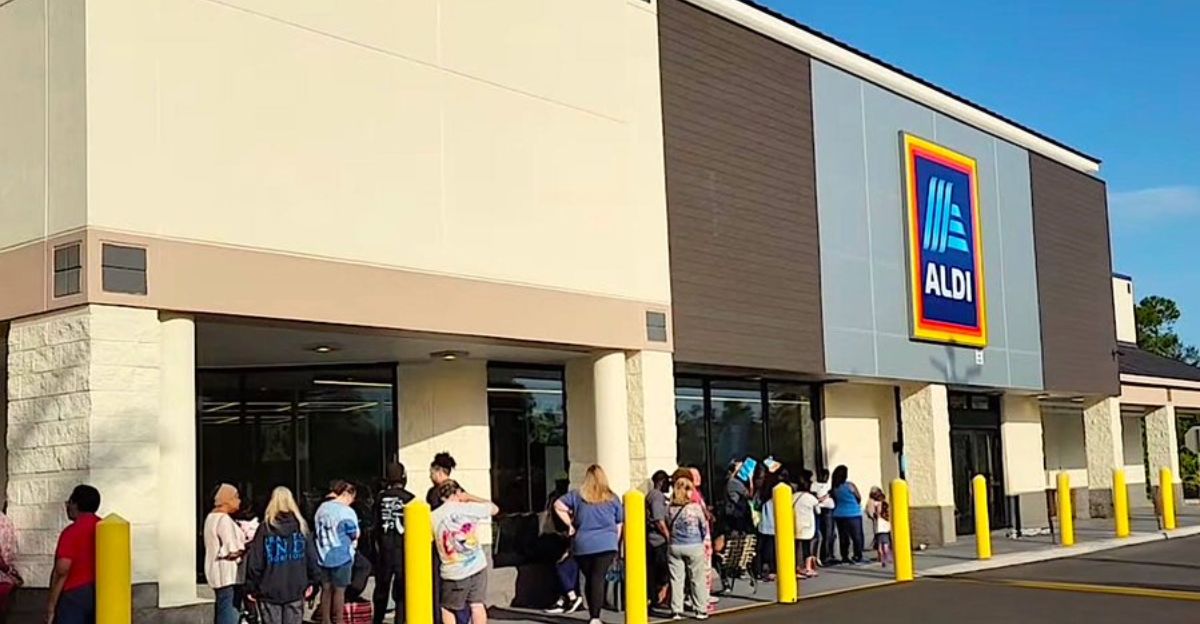
For shoppers, Aldi’s arrival may mean noticeable changes. Stores that once offered a broad array of name-brand goods will shift to Aldi’s minimalist format, featuring fewer brands but lower prices. Shoppers can expect a focus on speed, efficiency, and cost savings, hallmarks of the Aldi experience.
However, not every location will convert, and many longtime Winn-Dixie or Harveys customers will continue seeing familiar signage and selection. Still, the broader impact is clear: Aldi’s expansion pressures other retailers to compete on price and efficiency, subtly reshaping the expectations of grocery shoppers across the region.
Looking Ahead
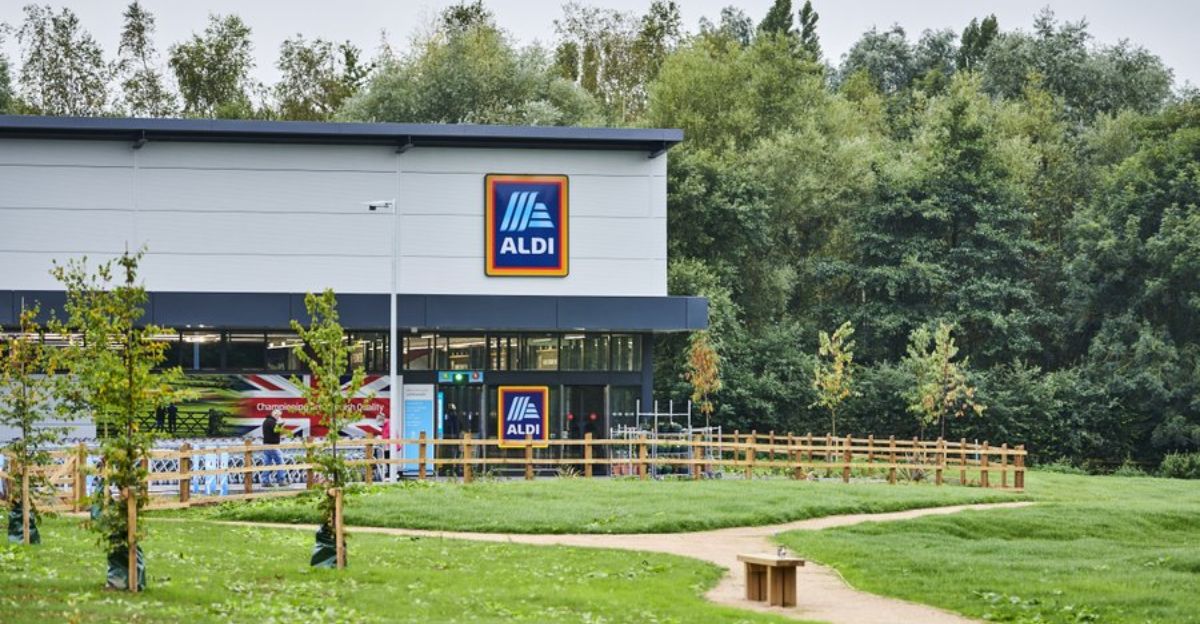
This wave of acquisitions is part of Aldi’s much larger ambition. The company plans to open more than 200 new stores this year alone, with a total goal of 800 additional stores by 2028. By prioritizing purchases over construction, Aldi reduces overhead and secures high-value retail spots that were once out of reach.
It’s a strategy that allows for both speed and scale, qualities that could make Aldi a dominant force in U.S. retail in just a few years. If the current trajectory holds, Aldi won’t just be competing with grocery giants, it may soon become one.
Discover more trending stories and Follow us to keep inspiration flowing to your feed!

Craving more home and lifestyle inspiration? Hit Follow to keep the creativity flowing, and let us know your thoughts in the comments below!
